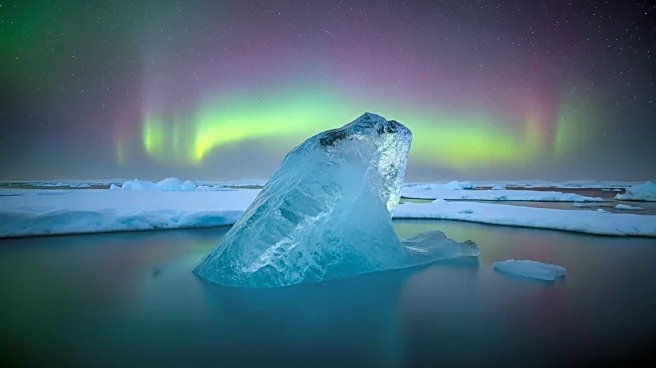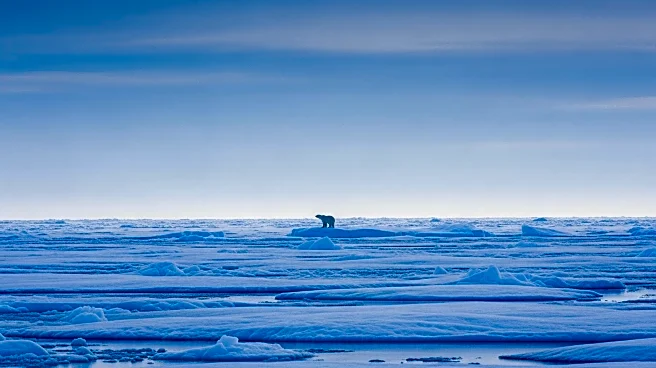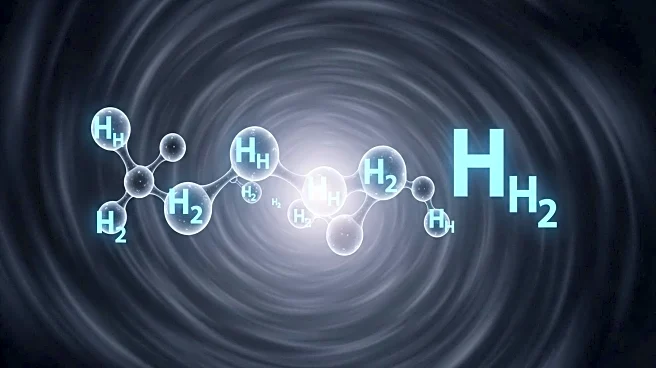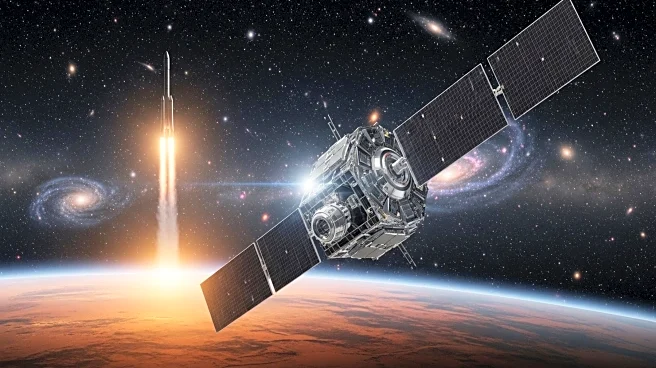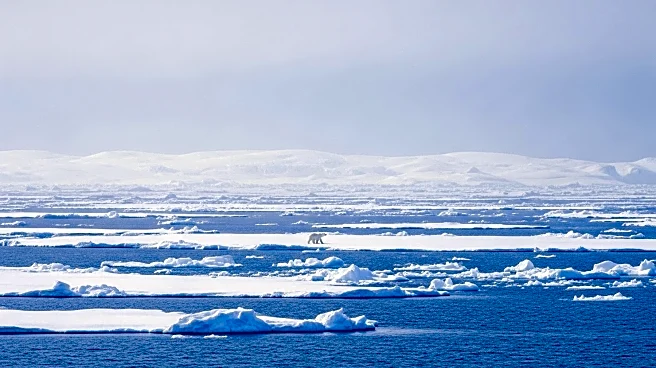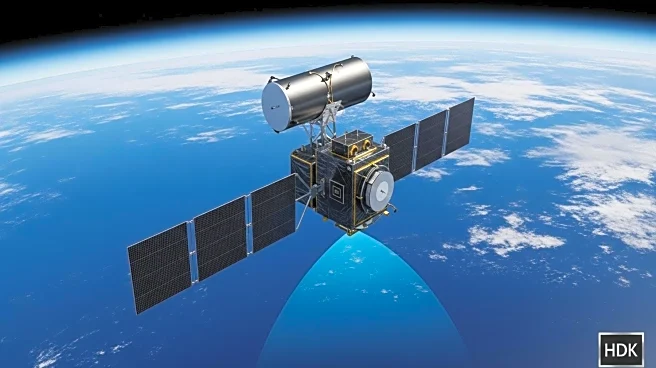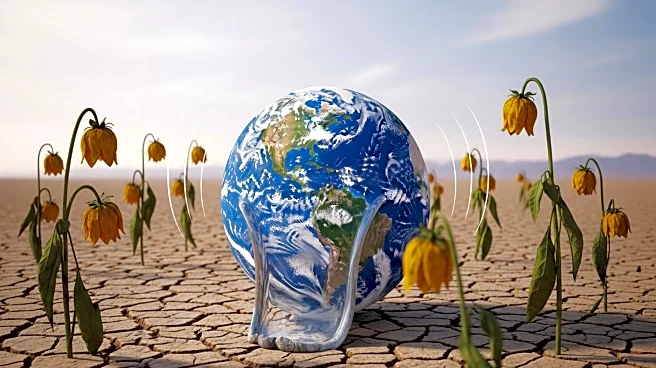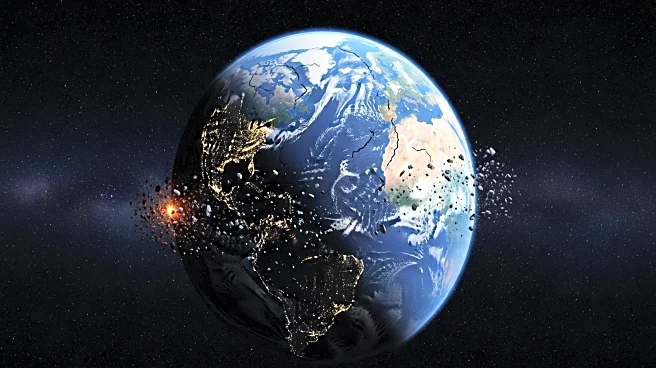What's Happening?
Satellite data from NASA and the National Snow and Ice Data Center indicate that Arctic sea ice reached its annual minimum extent on September 10, 2025, tying with 2008 for the 10th-lowest on record. The ice coverage was measured at 4.60 million square kilometers, reflecting a consistent decline in sea ice extent over the years. Scientists attribute this trend to rising global temperatures and changing weather patterns, which have led to increased melting during warmer months.
Why It's Important?
The continued decline in Arctic sea ice is a critical indicator of climate change and its impact on global ecosystems. Reduced ice coverage affects marine habitats, weather patterns, and global sea levels, posing challenges for environmental conservation and climate policy. The data underscores the urgency for international efforts to mitigate climate change and adapt to its effects, as the Arctic plays a vital role in regulating the Earth's climate.
Beyond the Headlines
The shrinking Arctic ice has broader implications for geopolitical dynamics, as nations may seek to exploit newly accessible resources and shipping routes. This could lead to increased territorial disputes and necessitate new regulatory frameworks to manage Arctic activities sustainably.

